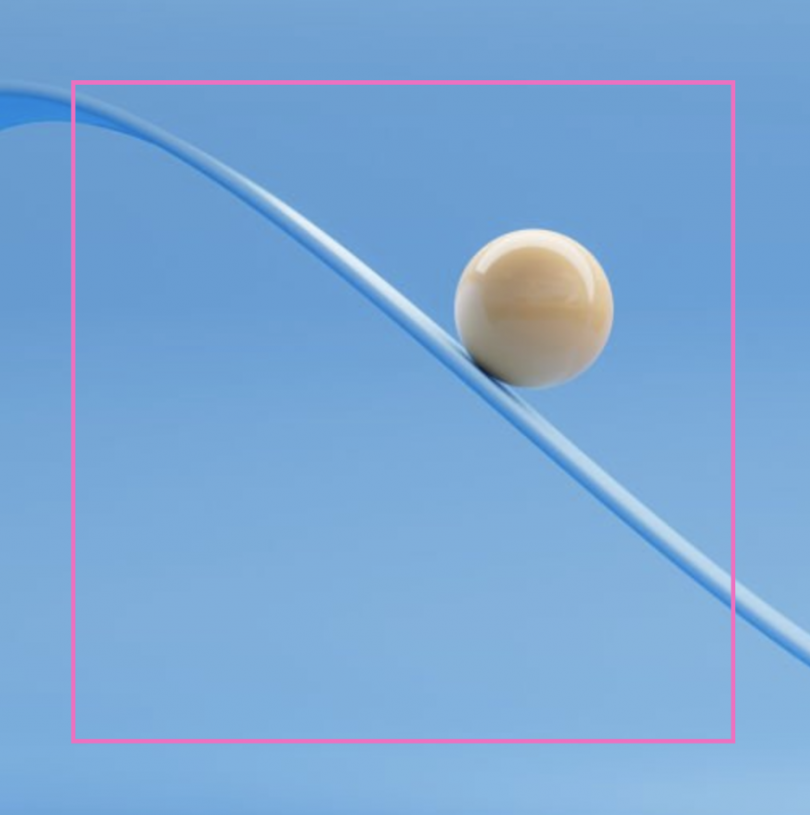The forgotten discovery of a chemical reaction can revolutionize the treatment of chronic diseases.
Glycation was first described in 1911 by French physician and chemist Louis-Camille Maillard. Forgotten for years, this discovery – a chemical reaction which results from the fixation of sugars on proteins, a kind of caramelization – found its interest in the 1940s in food chemistry.
By leading to the mass marketing of food products rich in added sugars to control their attractiveness (appearance, taste), the glycation of food is one of the causes of junk food.
From the same period, in connection with the explosion of sugar consumption in the Western world, we observe a very sharp increase in the incidence of diabetes, an old but historically rather rare pathology, the symptoms of which are those of premature aging. The same phenomenon has recently been observed with Alzheimer’s disease.
At the heart of these pathologies, we find endogenous glycation, following an excess of sugar consumption.
Logically, glycation inhibitors have proven to be good molecules for slowing the progression of diabetes. Carnosine (discovered in Russia at the beginning of the 20th century) then metformin (discovered in France in the 1920s) have established themselves as the reference molecules in the fight against diabetes and indirectly against aging. Unfortunately, their mechanism of action, inhibition of glycation, confines their activity to prevention.
In the early 2000s, molecules capable of breaking the glycation reaction and therefore reversing its effects were discovered. Alagebrium (ALT 711) is the first of these molecules but its development is stopped. Shortly after, a French team showed that rosmarinic acid, in certain molecular fractions, has properties that allow it to break cross links resulting from glycation, thus restoring some of their original properties to proteins in the body (1).
This discovery, known as AGE Breaker, has many interests, in particular for longevity, the consequences of diabetes, cardiovascular, neurodegenerative and musculoskeletal diseases, skin and eye aging, etc.
© AGE Breaker 09 2022
✅ [AGE BREAKER, patented nutritional supplements, based on rosmarinic acid, recognized by aging specialists around the world for their properties to reverse the effects of glycation.]
✅ [Glycation is one of the major causes of aging. Resulting from the fixation of sugars on the proteins constituting the organism, glycation generates toxic compounds that cause cellular aging. Glycation is particularly involved in metabolic disorders, skin aging and cognitive decline.]
More on www.agebreaker.com
#agebreaker #glycation
1: D. Jean et Al. Evaluation in vitro of AGE-crosslinks breaking ability of rosmarinic acid. Glycative stress Research 2015; 2(4).
https://doi.org/10.24659/gsr.2.4_204









